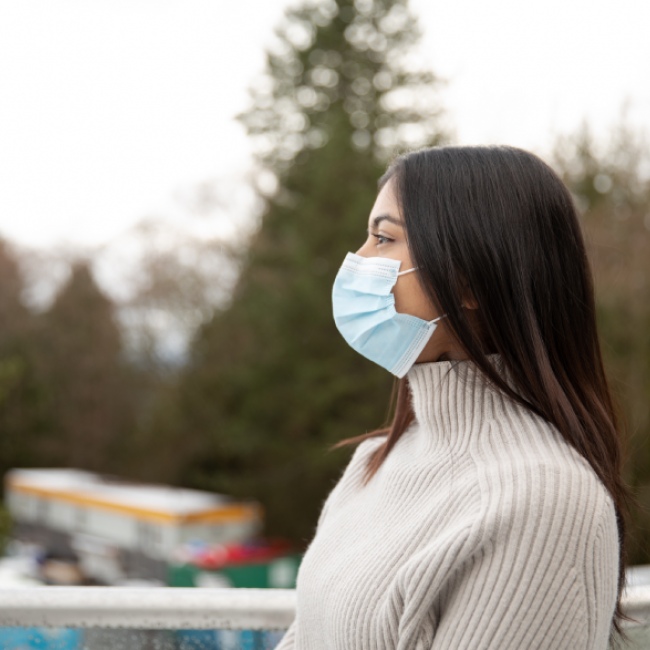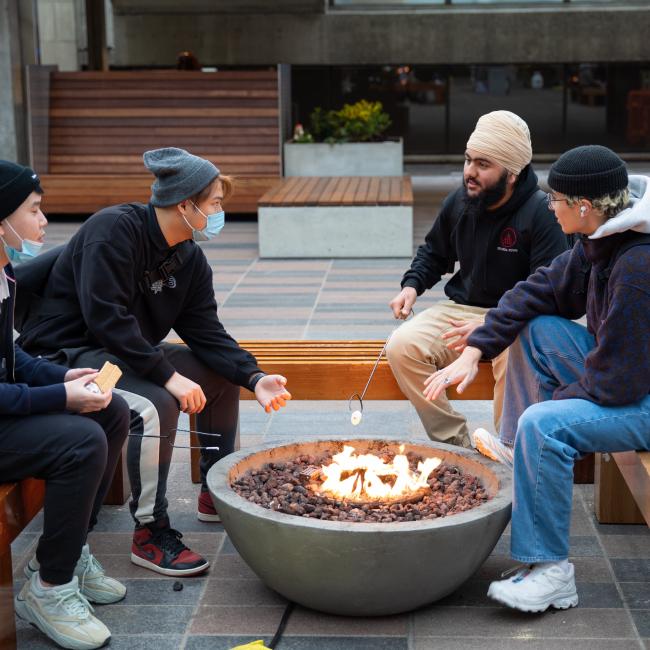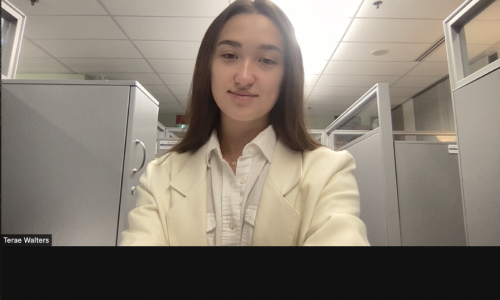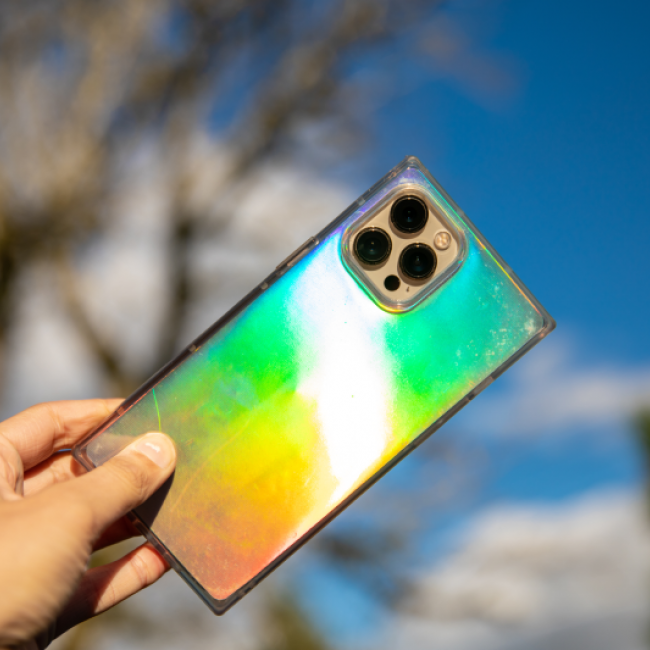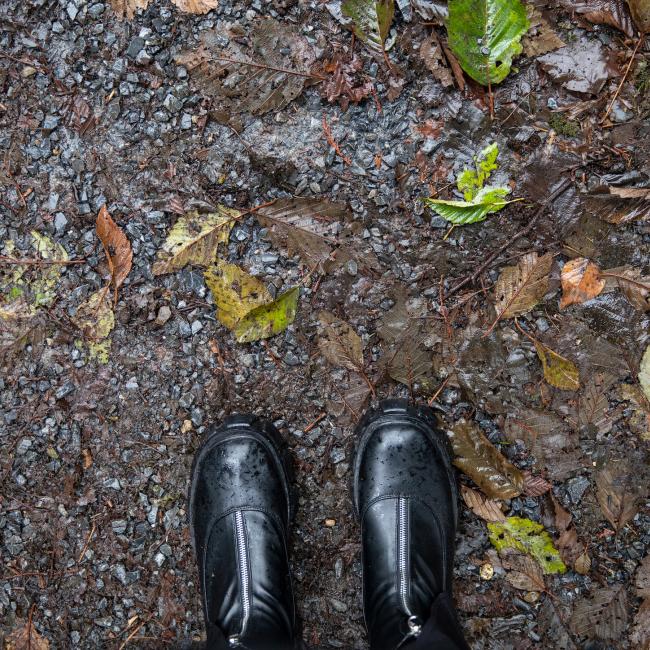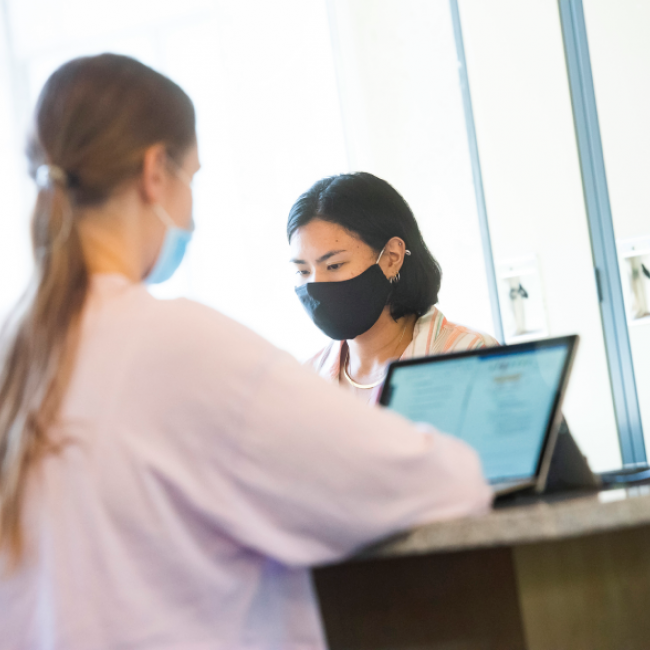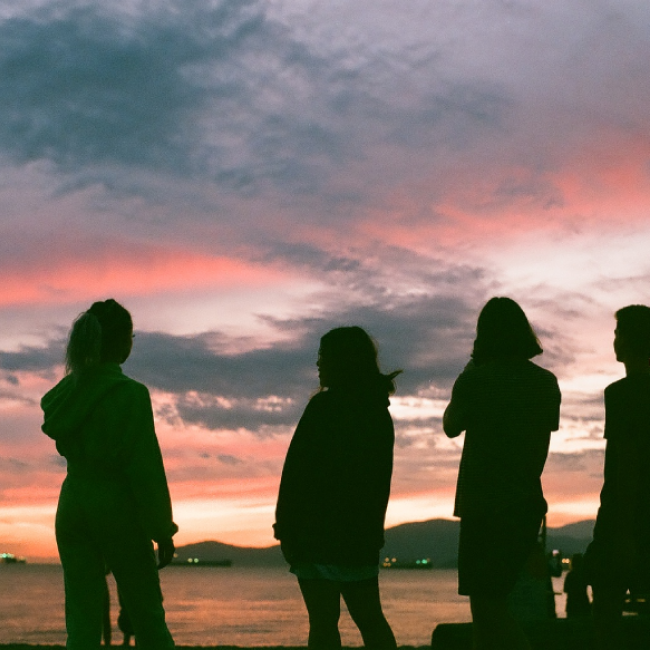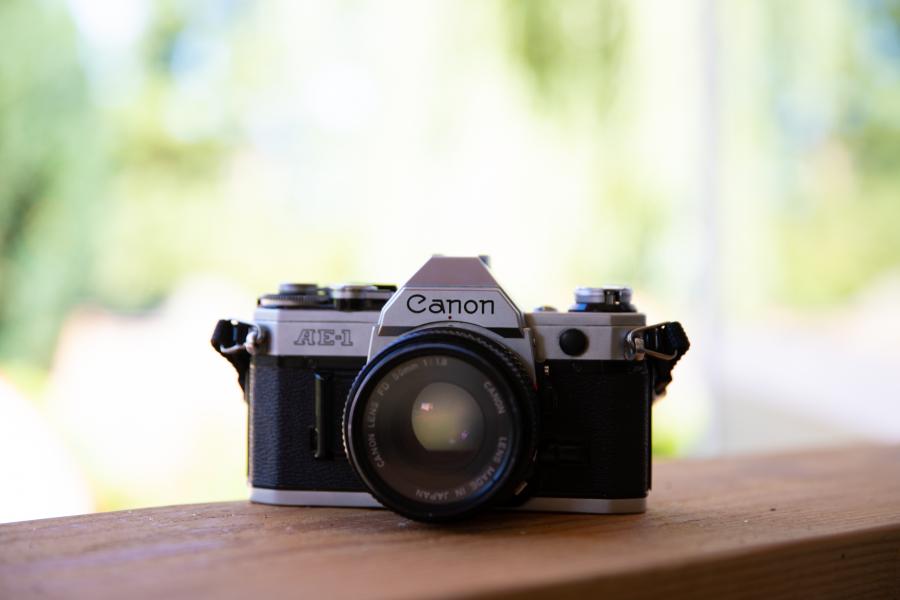
Although it may seem simple to take a photo, it’s not quite as easy to use to tell a worthy and engaging story with them. Storytelling takes a conscious effort, an awareness of your surroundings and a commitment to your craft. Not a lot of people recognize that the simplicity of a 2D image holds so much more value than it visually appears. As they say, a picture is worth a thousand words.
As cameras become more widely available and user friendly, the possibilities for people to create their own content is endless. Here on the SFU OLC website, we focus on promoting stories that come from SFU’s own students. Because of this, we love to see portraits of our authors or unique images attached to the work they submit. We strive to make our community as inviting as possible and we want to see a piece that represents you as a person.
No experience shooting photos? No idea where to start? Make sure to follow along to gain a comprehensive understanding of how to use your camera or your smartphone device to take a great photo.
If you are planning on taking a self-portrait, make sure you physically appear how you want faculty, staff, students, future employers etc. to see you. It’s always important to focus on expressing yourself but you must also appear as an organized and put-together individual. This can include making sure you’re wearing something plain and non-distracting, such as a simple T-shirt or blazer. Avoid overbearing patterns, colours, logos, or entirely monochrome outfits. If you are not planning on shooting a formal portrait of yourself, think about what kind of images you want to capture instead. Brainstorm what best represents you and what you do.
While shooting photographs, it is always extremely important to keep your local laws and regulations in mind. Dependent on your location, there are different areas and subjects in which you can and cannot shoot. To find out what these rules are, you can look to SFU's guidelines or make sure to be aware of signs and postings that are in the area.
After you feel ready, the next thing to consider are your devices and equipment. Acquiring a high-quality HD camera can be time consuming and expensive, and most smartphone devices can take amazing images. You also must be aware of the lighting where you are wanting to shoot and what kind of environment you are taking the photo in.
Great locations for shooting include:
- Outdoors (great for natural, bright lighting)
- A plain white wall
- Your place of work (to show what you do)
- SFU campus
When shooting a portrait of yourself, you are the subject! This means that you must stray away from anything that will be distracting. This can include bad or weak lighting, shadows on your face, too many objects in the frame, other people in the background, logos on your T-shirt etc. After these factors have been considered, you can move on to framing your image.
Making sure you are the centre of the image is extremely vital. We want to draw the audience’s attention to the most important part of the photo: you. This means that selfies are not a good idea as they can result in distracting angles. To achieve a properly centred and leveled image, you can use a tripod for both your camera/ smartphone. If you do not own a tripod, setting up your device on a chair or a nearby bookshelf can also come in handy. Make sure to set up a self-timer!
Another important aspect to consider when shooting images and keeping subjects properly framed is the rule of thirds. Essentially this is a composition tool that is used to frame the subjects in view. By applying this rule, you are viewing the image as being divided into six quadrants. The different lines and points of these quadrants can serve different purposes and draw attention to certain areas. For example, a well framed portrait will usually have the subject’s eyes in the top quadrant in the middle of the frame. If you decide to shoot something else instead, you still want to frame the object in the middle to draw attention and highlight its importance. Remember that these rules are not set in stone and they are only recommendations. If your artistic vision leads you elsewhere, we encourage your creativity.
Feeling comfortable in front of the camera can be one of the most difficult aspects of shooting a good self-portrait. You want the image to look friendly and natural. For SFU OLC content, we love to see bright photos of people smiling. If it feels too forced, you can even ask a friend to shoot a photo of you during a more candid moment. If you are really feeling stuck for posing ideas, looking online can always help. Searching up keywords online such as headshot, portrait, self-portrait etc. will give you some great results to follow.
If getting photos taken of yourself isn’t quite comfortable for you, try to choose something else that can effectively communicate who you are. Whether that’s an image of your favourite hobby, your line of work or something that you believe effectively represents you. We want the audience to view these photos and get a better understanding of the author. For example, if you are an English major, you may have an image of yourself writing in a journal. If you are interested in Biology, you may want a photo of yourself working in a lab. The best part of shooting your own photos is that you get to control the creative direction!
After gaining some valuable images, it’s time to sort through them and choose a winner. When looking through your images, make sure you are prioritizing ones that are well lit, composed properly, framed, and in focus. Although it is not required, you may even desire to edit your photo to fix the colour correction, small blemishes, or flyaway hairs on a photo-editing service.
After these steps you should be left with some great images! These photos are extremely important as they contribute to building a sense of connection among the SFU community. One of the best parts about photography is that there is so much deeper meaning hidden behind what you are seeing. A simple snapshot of you looking at the camera might appear straightforward but it’s really a demonstration of who you are as a person. Happy shooting!










